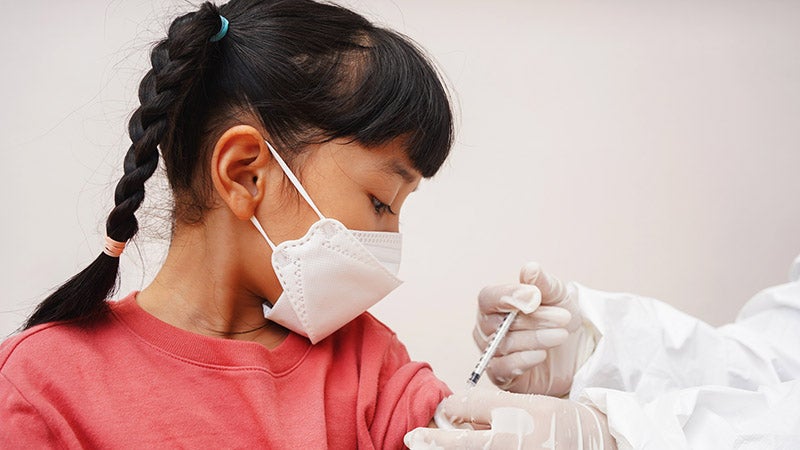COVID cases down, variants still a concern
Published 9:15 am Wednesday, August 17, 2022

- UAB Infectious Diseases experts continue to urge the public to get vaccinated and boosted for COVID-19. (SUBMITTED PHOTO)
|
Getting your Trinity Audio player ready...
|
While the total reported cases of COVID-19 and its variants have decreased, there has been a surge of the omicron BA.5 in recent weeks in some communities.
According to the CDC, the community level of positive COVID cases in Covington County is ranked as “medium,” which offers the following health guidelines:
- If you are at high risk of getting very sick, wear a well-fitting mask or respirator when indoors in public.
- If you have household or social contact with someone at high risk for getting very sick, consider testing to detect infection before contact and consider wearing a mask when indoors with them.
The daily average of positive COVID cases in the county as of August 14 is 13, according to state and local health agencies. That is a decrease of 20 percent over the past 14 days. The daily average of hospitalizations during that same time period is three, with no deaths reported.
Since the beginning of the pandemic, a total of 10,378 COVID cases have been reported in Covington County, with 1 in 4 residents infected.
With new cases and variants of COVID-19 continuing to affect people, University of Alabama at Birmingham Infectious Diseases experts are providing guidance and measures to help limit the spread.
“We are clearly still in the middle of the omicron BA.5 surge, but the good news is that vaccination using the currently available vaccines seems to be preventing the upswing in deaths and hospitalizations that usually accompany a new variant surge,” said Dr. Jeanne Marrazzo, director of the Division of Infectious Diseases in the Heersink School of Medicine. “It’s still not fun to get, and we don’t know what the risk of long COVID is going to be with this in vaccinated people. But it’s incredibly contagious, with many who’ve avoided COVID the whole pandemic finally falling prey to it.”
Marrazzo said BA.5 is the most infectious COVID-19 variant that doctors have seen.
“The bar to prevent transmission of BA.5 is much higher,” Marrazzo said. “Evolving variants continue to adapt to vaccines and the protection that the vaccines have been so good at giving us.”
She added that the vaccines are still active against symptoms of the BA.5 subvariant, but they are not protecting against infection or acquisition of the virus as much as she would like. Marrazzo said the classic symptoms she and colleagues are seeing are cough, sore throat, fever and chills.
A new school year
As a new semester begins for K-12 schools in the middle of a BA.5 surge, Dr. David Kimberlin, co-director of UAB and Children’s of Alabama’s Division of Pediatric Infectious Diseases, is optimistic that school will not be a major driver of community spread. However, he does encourage schools to be mask-friendly for students who choose to wear them.
“We need to recognize that, while schools are not the epicenter of community transmission, what happens in the community can impact schools,” Kimberlin said.
He added that the number of pediatric vaccinations is not encouraging as the school year begins.
Testing and long COVID-19
Marrazzo said anyone who experiences any symptoms of a respiratory infection should get tested. You may not be sick enough to take Paxlovid – an FDA-approved antiviral therapy for COVID-19 – but testing is essential to protect families and close contacts.
“Have a very low threshold for testing,” Marrazzo said.
As for those who have had COVID-19 and are still recovering – long-haulers – Marrazzo said the most common symptoms she and other colleagues are seeing are fatigue, brain fog, chronic cough and loss of smell and taste.
Anyone who has previously had COVID-19 can request to be a part of the RECOVER Initiative, of which UAB is a study site. The effort led by UAB is projected to receive $17 million from the National Institutes of Health to support up to four years of patient follow-up.
— Parts of this story originally appeared on the UAB News website.




